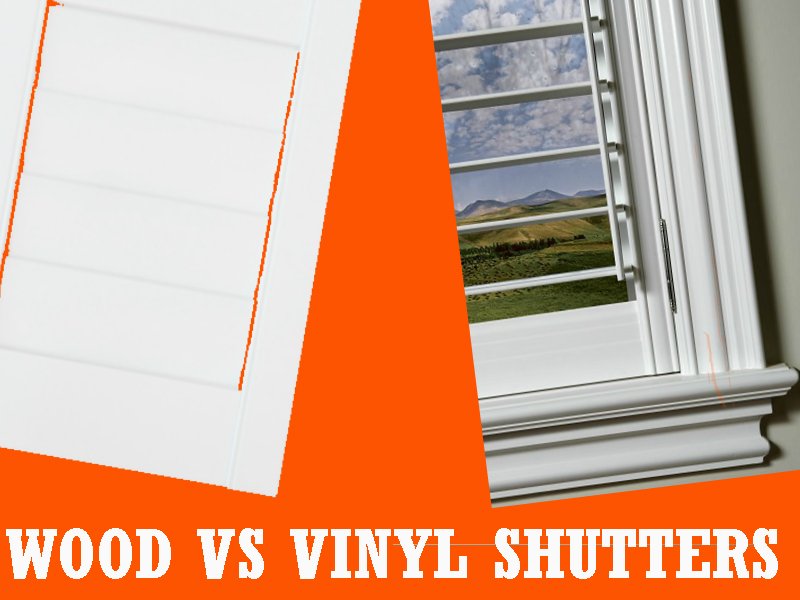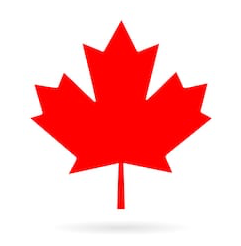We at Shutter Boys desire to add to our beloved customers. That said we are about to uncover 5 major differences about wood vs vinyl shutters that you didn’t know about before. So fasten your seatbelt because things are about to get funky. Here they are:
-
Composition of Wood vs Vinyl Shutters
-
Related Wood Vs Vinyl Shutters Health Risks
-
The Structural Integrity of Wood vs. Vinyl Shutters
-
Wood Shutter Design vs Vinyl Shutter Design
-
Vinyl Shutter Appreciation vs Wood Shutter Appreciation.
…and if you’re too busy to read this article. Here’s a fun forum to read about people’s experiences with wood and vinyl shutters. Check out this awesome video by 3 Blind Mice Window Coverings explaining the characteristics and makeup of vinyl and composite plantation shutters.
httpss://www.youtube.com/watch?v=JUeEdAxXUUY
Composition
This is a big wood vs vinyl shutters difference. PVC or polyvinyl shutters: PVC also known as polyvinyl chloride is manufactured with dangerous chemicals. The manufacturing of plastics often creates large quantities of toxic chemical pollutants such as dioxin, hydrochloric acid, and vinyl chloride(therefore even environmentally friendly plastics are not truly environmentally friendly). Phthalates, (or phthalate esters), are esters of phthalic acid and are mainly used as plasticizers (substances added to plastics to increase their flexibility). When phthalates are added to vinyl, their molecules do not bond with the plastic. Instead, they move through the hollow PVC shutter freely.
Wood Shutters: Many Wood shutter manufacturers use various woods and wood composites in their product lines. American poplar is the most versatile hardwood used in wood shutter manufacturing since it is one of the easier hardwoods to mill. Other woods that can be used include pine, oak, cherry wood and ash. There are various degrees of wood quality ranging from select to premium grade. Premium grade has been selected from the straightest trees and is less likely to warp than select woods because of this. MDF wood shutter products are also very common in North America. These ‘scrap wood and glue’ shutters give the feel of a real wood shutter but lack the structural integrity to be labeled as such.
Health Risks
This is another important wood vs vinyl shutters difference that we must debunk. Vinyl Shutters pose the greatest health risks to the consumer. Shutters are normally placed in windows, an area where there is a great amount of solar heat. This heat increases the rate at which phthalates are released from the vinyl into the atmosphere around us thus it poses a severe health risk to the consumer. During the course of the PVC cycle, the toxins released can produce severe illnesses like cancer, diabetes, neurological damage, reproductive and birth defects.
In addition, the chloroethene monomer is also a carcinogen released during PVC manufacture. This un-reacted monomer can also be present in the final PVC shutter and released during its life cycle. Wood shutters, if painted with good high-quality paint will never release harmful gasses after the paint cures, settles and hardens.
Bacteria Free? Be warned. Some PVC shutter manufacturers guarantee that their product is Bacteria Free. To what degree? Inaccurate sales tactic milk this fact for the sole purpose of improving a company’s bottom line. Nothing in this world is bacteria free. Manufacturers use this “Bacteria Free” slogan to label their product germ resistant. While this could work in theory, the benefits are outweighed by the harmful effects of the bacterial resistant PVC additives. The U.S. Environmental Protection Agency has taken recent enforcement actions against at least two companies in relation to their use of antibacterials in plastics. This agency found that certain labels and advertisements used by the manufacturers were false. The antimicrobial additive was used to protect the PVC not to protect the consumer from health risks.
Structural Integrity
Here is another wood vs vinyl shutters difference that many people forget to think about. Vinyl Shutters are not covered in paint. Companies add colors to the plastic mixture which hardens with the plastic. The paint used in many wood shutter products creates a vinyl like seal over the shutter protecting the wood from moisture and heat. Poor paints and primers give a limited protection of the wood interior, and over time the structural integrity of the wood is compromised causing it to crack or warp if not originally sealed correctly.
Many wood shutter manufacturers compromise on the paint quality used, and over time wood shutter products not correctly sealed will warp, causing the paint to yellow, crack and peel. Good wood shutter paints on the other hand, contently bind to the cellulose in the wood. This provides a seal that is unmoved by heat and moisture. Shutter Boys Inc. adds a special UV resistor is to the highest quality chem craft paints on the market today. This allows us to boast a divinely sealed and UV protected California wood shutter product that is resistant to warping, discoloration, cracking and peeling.
Most wood shutters boast ¾ to 2 inches wood at their thickest point. Conversely, vinyl shutters are no thicker than 1/4 of an inch at their thickest point. This makes the shutter lighter and offsets PVC expansion caused by high heat exposure. Not only does this cause health risks for the consumer, but PVC as a material fails to compare with wood’s structural integrity as it is more prone to warpage in high heat environments.
A consumer should also take into account the structural integrity of any vinyl or wood shutter prior to making a purchase. Some factors to consider are as follows:
-
Change in Gloss or Paint Colour
This will appear as an overall dullness in the vinyl. Dirt, dust, and grit act like sandpaper and scratch the finish of the vinyl. This, in turn, leads to the emission of toxins.
-
Cracks
Overtime random cracks will be prevalent in vinyl louvers, pull bars and connectors. Exposure to the elements, direct heat or cold will increase the rate at which these cracks appear.
-
Discoloration/Heat/Sunlight Stains
If you install shutters near heat vents and radiator legs, they may turn yellow, red-brown or black. Exposure of these shutters to direct sunlight will result in sunlight or discoloration stains. Painted Wood Shutters without the UV Resistor will most definitely yellow over time. If you decide to purchase PVC shutters or sub-par wood shutters ensure that the manufacturer provides you with a discoloration warranty.
-
Seam or Joint Openings
PVC shutter manufacturers must tightly seal the all shutter component connectors. Moisture can build up and cause deadly bacteria and mold to form in the shutter’s joints. (if not sealed correctly).
Design
Shutter design is a basic wood vs vinyl shutters difference. Are all shutters flat? Not necessarily. For vinyl shutters that is a correct assumption as most companies don’t want to pay the price for bevel plastic shutter molds. So, Vinyl shutter design is basic and modernistic. That’s good, but it doesn’t deliver happiness. Consumers like variety. Wood enables manufacturers to give you that variety. Even so, many wood shutter manufacturers don’t take advantage of it. They leave you with one sub-par, normal shutter style option in many cases.
This is where Shutter Boys Inc. is different. Not only do we currently have three molded wood shutter styles to choose from, but our product engineers are set to increase that number in the near future with an increasing customer demand. Variety is one of the ways we deliver you happiness.
Appreciation
Who knew you could get your money back when purchasing shutters? Seriously, how can this be? We’ll tell you. Home appraisers raise the value of a home if they see that permanent home upgrades improve the home quality. For starters, vinyl does not improve the quality of a home- quality wood whether added in a staircase or window does. For this reason, appraisers can estimate that your wood shutters are worth up to double their purchase price. It’s clear – you will get a greater return on your investment if you install wood shutters vs. vinyl shutters.
Conclusion
Today, consumers have the necessary tools required to make the right purchase for their home and family. Wood is the natural alternative to PVC. Unlike vinyl, wood is a durable, renewable resource that is good for our environment. Additionally, wood does not give off carcinogens. Recycled PVC and plastics of different makes flood our landfills. The combustion of PVC releases dioxins that bio-accumulate through the food chain, polluting our atmosphere, water, and soil. Be proactive in keeping our families and environment safe by purchasing wood shutters. …If vinyl shutters are something you’re still considering, we have a nice breakdown of the three top vinyl and polystain shutter brands being sold in Ontario today!
Is there any other wood vs vinyl shutter differences that we forgot to list here? What are they? Do you think our final conclusion was sound? Think California Shutters are too expensive for your current budget? Check out this article where our shutter experts break down the cost of California shutters in Toronto. If you are in the market for wood or vinyl California shutters, Contact Us Here or call (647) 979 2954 and one of our experienced representatives will help you find the right product for you!


